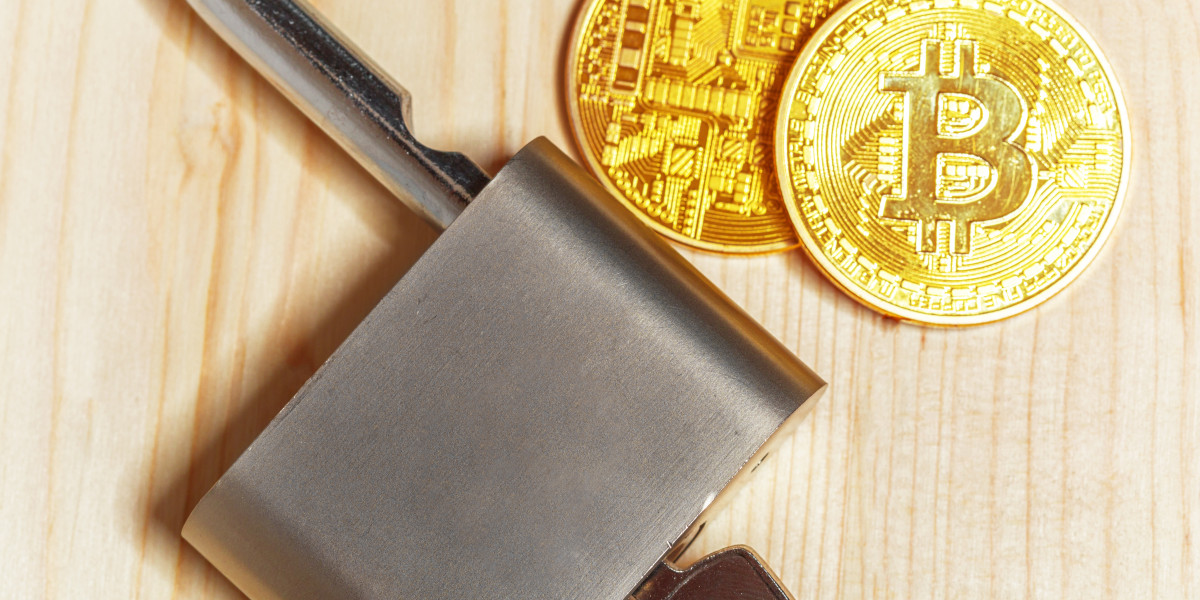Holding cryptocurrency isn’t just about investing—it’s about responsibility. With every bull market surge, the risk of cyber threats, exchange collapses, and human error increases. If you've ever asked yourself how to keep your digital assets safe long term, it's time to explore the world of cold wallet crypto solutions.
More than just a buzzword, cold wallets are foundational to real crypto ownership. In this guide, we’ll look at what they are, why they still matter in 2025, and how to choose one that fits your needs.
Why It Matters: The Stakes Are Higher Than Ever
In recent years, we've seen exchanges freeze withdrawals, platforms go bankrupt, and countless phishing attacks drain hot wallets. These aren’t hypothetical risks—they’re regular news in the crypto space.
Your crypto is only as safe as the system you use to store it. If you leave it on an exchange or keep it in a mobile wallet connected to the internet, it’s vulnerable.
This is where the cold wallet crypto model comes in. It removes internet access from the equation entirely. No remote hacks. No phishing links. Just secure, offline storage you control.
What Is a Cold Wallet in Crypto?
A cold wallet is a storage device or method that keeps your crypto's private keys offline. Unlike hot wallets, which are connected to the internet and convenient for frequent transactions, cold wallets prioritize security over speed.
Common cold wallet types include:
Hardware wallets (like Ledger, Trezor, or Keystone)
Paper wallets (printed private keys or QR codes)
Air-gapped computers used exclusively for signing transactions offline
By keeping your keys offline, you remove the primary attack vector most hackers use to gain access to your funds.
How Cold Wallets Work (and Why They're Different)
In crypto, private keys are everything. If someone gains access to your keys, they can move your funds—no recovery, no undo button.
Cold wallets generate and store those keys offline. Here’s how it typically works:
You generate a wallet on a secure, offline device.
The device gives you a recovery seed phrase (usually 12 or 24 words).
You use the device to sign transactions offline.
You broadcast the signed transaction from a connected device—without exposing your keys.
This extra step might feel inconvenient, but it’s what makes cold storage so powerful. Even if your computer is compromised, your private keys remain protected.
Why People Are Moving to Cold Wallets in 2025
As cryptocurrency adoption grows, so do scams, fraud, and data breaches. Here’s why cold wallets are gaining momentum again:
Exchange distrust: Centralized platforms continue to fail or restrict withdrawals under pressure.
DeFi vulnerabilities: Connecting hot wallets to DApps introduces smart contract risks.
AI-powered phishing: Scammers now use hyper-targeted attacks that can fool even experienced users.
Long-term holders: More investors are thinking 3–5 years ahead—not just day-trading.
The modern crypto user doesn’t just want yield—they want control. And cold wallets offer exactly that.
What to Look for in the Best Cold Wallet for Crypto
When shopping for a cold wallet, don’t just follow hype. Focus on security, usability, and transparency. Look for:
1. Secure Element Chip
A tamper-resistant chip (like EAL5+) protects your private key storage from physical attacks.
2. Open-source firmware
Wallets with public code are more trustworthy—they let security experts review what’s under the hood.
3. Multi-coin support
Your wallet should support major coins (BTC, ETH, etc.) and ideally newer assets and NFTs.
4. Backups and recovery
If your wallet is lost or damaged, recovery using a seed phrase should be simple and safe.
5. Reputation
Stick with wallets that have proven themselves over time. Avoid knockoff brands with limited community support.
How to Set Up a Cold Wallet (Step-by-Step)
Setting up a cold wallet might sound technical, but it’s surprisingly simple:
Order your device from the official site.
Unbox it in a secure environment.
Initialize and create a PIN.
Write down your recovery phrase—twice.
Test a small deposit and withdrawal.
Store your seed phrase securely—offline, in a fireproof, waterproof container if possible.
Once it's set up, you only need to connect your wallet when making a transaction. Otherwise, it can stay locked away in your safe or drawer.
Risks and What to Avoid
Cold wallets are secure—but not foolproof. Here are the most common mistakes people make:
Losing the seed phrase without a backup
Storing seed phrases online (e.g., cloud services or smartphone photos)
Buying from unofficial vendors, which can sell tampered devices
Forgetting how to use the device after long periods
Avoid these errors and you’ll have a reliable, long-term crypto vault.
Who Should Use a Cold Wallet?
Cold wallets aren’t just for whales or technical experts. They’re for anyone who:
Holds crypto long term
Wants to own their assets directly
Doesn’t trust exchanges with private keys
Values self-sovereignty and privacy
Whether you hold $200 or $200,000 in crypto, using a cold wallet crypto setup is a smart, future-proof choice.
Final Thoughts
In a world of digital convenience, cold wallets remind us that safety often lies in slowing down. They force you to think before transacting, double-check backup phrases, and treat your assets with care.
In 2025 and beyond, cold storage isn’t just a legacy option—it’s the gold standard for crypto security. The cold wallet crypto mindset puts you back in control, where your financial freedom belongs.
So if you’re still relying on hot wallets or exchanges, consider making the switch. It may be the best crypto decision you’ll make all year.








